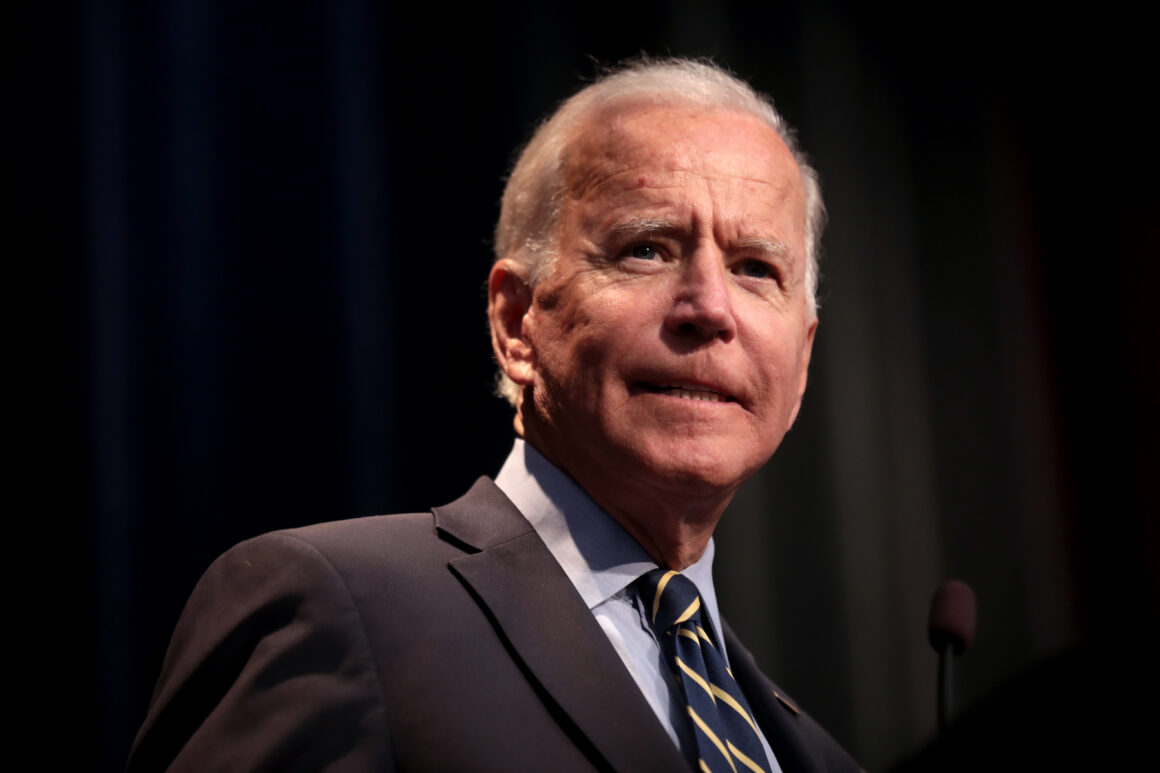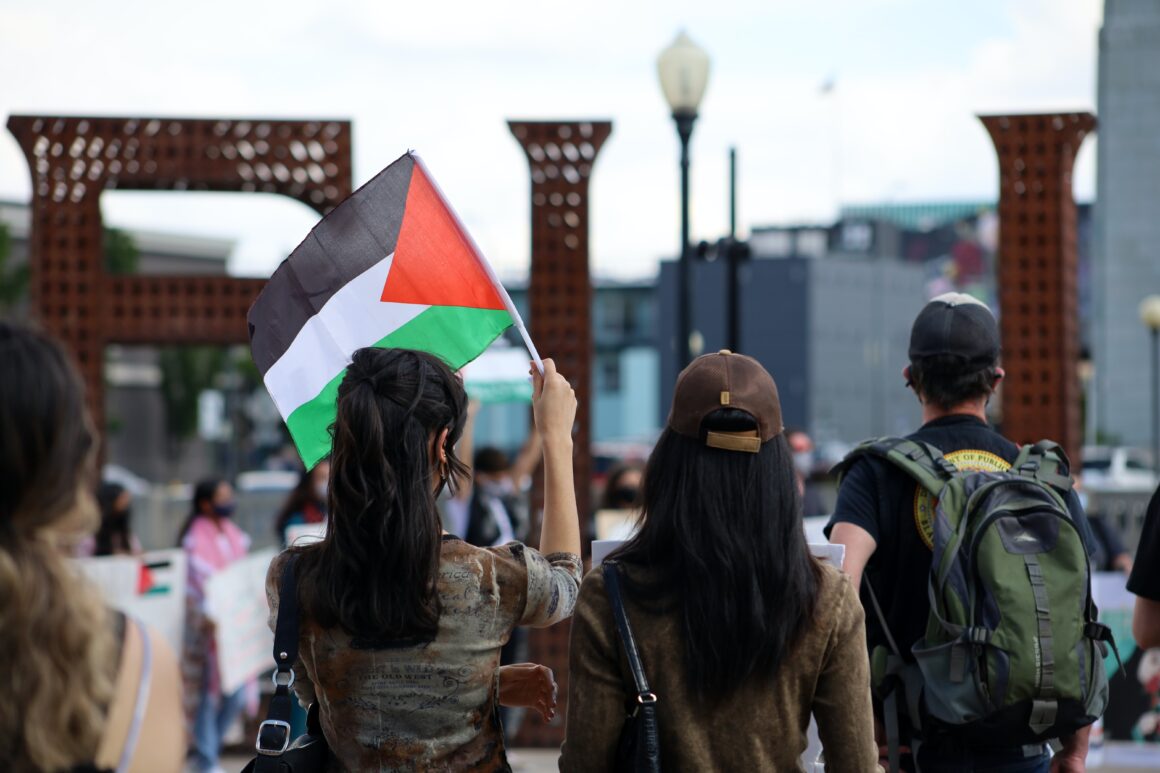[dropcap][/dropcap]Institutionalized racism overwhelms history — as a South African youth of colour, my life is engulfed by it. When I look back at my childhood spent in predominantly white schools, I don’t believe a single condition in my life has excluded some aspect or hyper-awareness of race. It has always been an ‘outside-looking-in’ situation. This, despite being a ‘Born-Free’.
I was born post-1994, the year that South Africa held the first election in the entire history of the country where people of colour were allowed to vote — our first democratic election.
The election of Nelson Mandela as the president of the Republic of South Africa marked the legislative end of the oppressive white minority political rule known as Apartheid — translated from Afrikaans, it literally means ‘apart-ness’.
Now, when you ask people about South Africa, they’re very likely to know next-to-nothing about the ideology of Apartheid. It all started when the colonialist war for territory between Afrikaner nationalists and British imperialists left native African lives side-lined. When racial segregation and oppression were officially made legal in 1948 under the Afrikaner-led National Party, black people had already been living oppressed lives under the remnants of slavery, despite its abolition in the early 1800s. The Population Registration Act of 1950 required all citizens to register themselves according to the characteristics that associated them with a specific race. This was where the ‘pencil test’ was used to determine Afro-textured hair — how easily a pencil passed through one’s hair is what determined whether one passed or failed the test. If one failed, one was classified as black over coloured (or, mixed-race). The Apartheid hierarchy was as follows: white people, Indian people, coloured people, and black people.
Eventually, there were 148 Apartheid laws in place. Amenities, education, medical care, and even marriages were bound by law to segregation and therefore punishable by law as well. Let’s break it down:
- Black children had separate schools from white people with separate education systems that capped at 13-years-old. From then, it was designed to systematically funnel their skill sets into manual labour. This was known as the Bantu Education Act of 1953. Students were also required to learn in Afrikaans — having barely learned English properly.

- Apartheid was largely economic — one of its main goals was to enable exploitation by large corporate companies, farm owners, and mining companies. Black people were subjected to inhuman working conditions for pay that, for many, equated to as little as $6 per year. Black workers were not allowed to belong to a trade union, and it was therefore illegal for them to strike. The Mines and Works Act of 1959 guaranteed “white workers a monopoly of skilled operations” within labour.

- The Mixed Marriages Act prohibited marriages between white people and persons of colour, while the Immorality Act prohibited any sexual relations between white people and persons of colour. The purpose of this was to keep the white race as ‘pure’ as possible — a drop of ‘black blood’ meant that you were tainted.
- The Group Areas Act of 1950 fully and properly implemented Apartheid nationwide — structural barriers to racial integration. Developed areas were assigned to white people, who owned large amounts of the country despite being the minority. Smaller, less developed areas were left to Indian and coloured people who often had large distances to commute to their jobs in ‘white’ areas. 3.5 million black and coloured people were forcibly and violently removed from their homes, after which their communities were demolished to make way for construction fit for the superior race.
- In 1970, to further alienate and segregate black people from white society, the Bantu Homelands Citizenship Act required all black people to become citizens of self-governing territories decided by the Apartheid government, which were situated in the rural areas of South Africa. According to Connie Mulder, the South African Information and Interior Minister of 1970, “No Black person will eventually qualify [for South African nationality] because they will all be aliens, and as such, will only be able to occupy the houses bequeathed to them by their fathers, in the urban areas, by special permission of the Minister.”
- Black people were required, at all times, to carry their I.D. document (pass books) with them when they were outside their homelands or designated areas. Black people would not be recognised as South African in the areas where they worked, as these areas were mainly ‘white’ areas.

So, Apartheid was officially and finally abolished in 1996 when South Africa adopted its New Constitution. But, why is this important? What can the world learn from Apartheid South Africa? Fast forward to 2017, and the remnants of Apartheid leave black people in cycles of poor education, lack of wealth and assets, as well as poor mental health and self-regard. As much as we don’t like to believe it, there is still a lot to learn from the institutional violation of human rights.
First and foremost, we must never forget the brave and persistent people who fight for freedom continuously and at all costs. We must never forget that to be safe and happy is to be privileged, and it is the duty of privileged people to protect those without. We are at a time in the world where racial power relations are at the forefront of global politics and international relations. We are needed now more than ever to stand up for our convictions and represent those who remain invisible to hierarchical structures of power. We must never become desensitized to these issues.
We must also be constantly reminded of the backward and undermining effects of colonialism and imperialism, not only on physical resources of the land but in the minds of native people. We must never forget the reparations that the world owes to people who have been exploited and victimized by generational marginalization. We must never stop working towards empowering black people and ending their cycle of poverty.
Black forms of protest must be recognized. In South Africa, we say. “Amandla Awethu!“, — ‘Power to the People’.
Black women and children must be protected. In South Africa, we say, “Wathint abafazi, wathint imbokodo,” — ‘You strike a woman, you strike a rock’.
Black representation must be prioritized. In South Africa, we have a struggle song that goes “sono sethu ubumnyama” — ‘Our sin is that we are black’.
The rest of the world must never forget about our sisters and brothers in Africa who are also still fighting their own oppression. And so, from the plains of Africa, we continue to learn that black lives matter.
Black Lives Matter.




